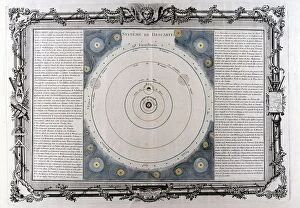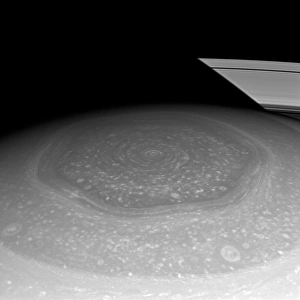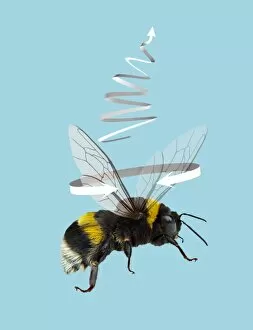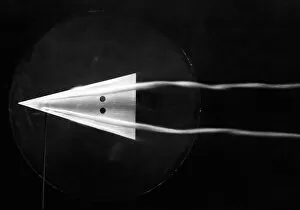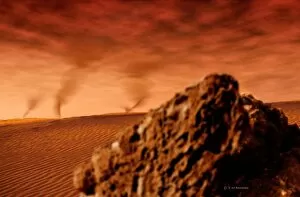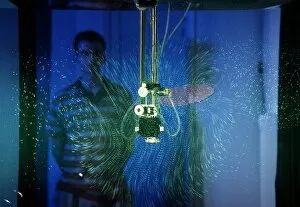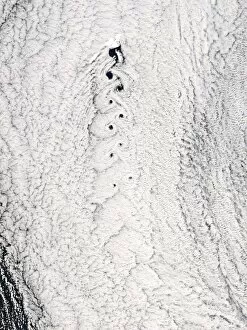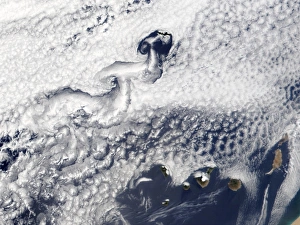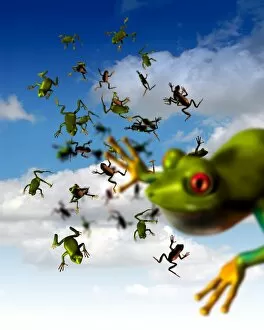Vortices Collection (page 2)
"Unveiling the Mysteries of Vortices: From Leonardo da Vinci to Modern Phenomena" Vortices, swirling patterns that captivate both scientists and artists alike
All Professionally Made to Order for Quick Shipping
"Unveiling the Mysteries of Vortices: From Leonardo da Vinci to Modern Phenomena" Vortices, swirling patterns that captivate both scientists and artists alike, have fascinated humanity for centuries. As noted in the meticulous sketches and writings by Leonardo da Vinci, these mesmerizing whirlpools of fluid motion have been a subject of intrigue since ancient times. Advancements in scientific research have allowed us to delve deeper into understanding vortices. One such breakthrough is the Bose-Einstein condensate simulation, which enables scientists to recreate these intricate phenomena on a microscopic scale. This simulation has opened new doors towards comprehending the fundamental principles governing vortical dynamics. From skies above to oceans below, vortices manifest themselves in various forms across nature's canvas. Witnessing an F/A-18C Hornet gracefully maneuver through the air reveals how vortices play a crucial role in aerodynamics. Similarly, the North American YF-100A Super Sabre 52-5754 showcases their impact on aviation engineering. Nature itself often paints breathtaking portraits with its own vortex-inspired creations. A school of Blackfin barracuda forming the number 6 as they elegantly circle exemplifies how living organisms can harmoniously synchronize within this captivating pattern. Even renowned philosophers like René Descartes recognized vortices' significance in shaping our worldviews. The title page of his seminal work "Principia philosophiae" depicts swirling eddies symbolizing cosmic forces at play – a testament to their profound influence on human thought throughout history. In contemporary times, satellite imagery provides stunning glimpses into atmospheric phenomena involving vortices worldwide. Whether it be cloud formations off Madeira and Canary Islands or dust storms off West Africa captured by NASA satellites like Aqua, we are reminded of nature's ability to create awe-inspiring displays through these dynamic swirls.

